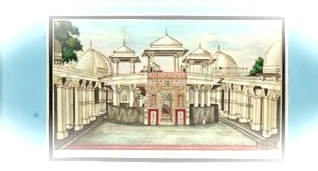
After reading Shamsur Rahman Farooqi’s ‘Mirror of Beauty’, I was very intrigued by a description in it of a very popular and revered shrine called Qadam Sharif. Having spent a lot of time in Delhi, I was surprised because I never heard of this shrine and was determined to locate it myself.
In Farooqi’s book when misfortune strikes Shamsuddin Khan of Loharu, Wazir Khanum makes a trip to the shrine. The author describes it as a very beautiful and busy place with supplicants and mendicants both going about their business. In fact the impression I got was of a fair the kind one sees on urs days in the dargahs.
In Qadam Sharif, the annual urs is held on Barawafaat, which is the Holy Prophet’s [PBUH] birthday. On that day the slab with the imprint of his foot is immersed in water and that water is offered as ‘tabarruk’ (religious offering of food) to devotees. The slab was acquired by Feroz Shah Tughlaq.
Thomas Metcalfe in his Imperial Delhie (1944) writes, “The Tradition is that in the time of the Emperor Feroze Shah, about five centuries ago, a celebrated devotee and a disciple of the Emperor was deputed to Mecca to obtain from the Caliph of that place a Khillut or dress of honour. The Boon was granted and in addition, as a mark of high consideration, the slab in question was also consigned to the care of the devotee.
It was brought to Dehlie. The Emperor and all his nobles proceeded to a distance of 15 miles from the city to do honour to this precious relic. It was escorted with much pomp and finally deposited by order of the Emperor in the royal treasury.”
The stone with the Prophet’s footprint was brought from Mecca by Makhdum Jahanian Jahan, the spiritual guide of the Sultan.
Once Feroze Shah asked his favourite son, Fateh Khan what he would like from the imperial treasury. The young prince asked for the Qadam Sharif. The Sultan, refused, but promised that it would be buried with whoever amongst them die first. Unfortunately, the Prince went first (1374) and as per his promise the Sultan erected this tomb, and had the precious slab with imprint kept on the grave of his son.
It is said that Feroze Shah had built the tomb for himself earlier. I find this suspect because the Emperor would have surely wished to be buried in the premises of Tughlaqabad. (His tomb is in Hauz Khas.)
Having read all these accounts I set about attempting to reach the shrine and make my own supplications and ziarat. I had googled it and learnt that Lucy Peck’s guide book on Delhi was the only way to reach it. Confident of finding it, I caught the metro to New Delhi station and got off to the Paharganj side.
Since I didn’t have an idea of the distance, I hired a rickshaw. “Dargah! Oh yes, I know where it is,” the driver told me and so we set off.
In a bit I reached the dargah and went inside. There were many graves there, but I knew that it had been a favourite burial ground so it was expected. Children who live near graveyards grow up with a nonchalance about death, I feel. For them life goes on amidst death.
I entered the courtyard to find a beautiful mosque. Very well lit and maintained. I asked the people about the Qadam Sharif and tomb. They looked at me in surprise, as this was the mosque and shrine of Hazrat Baqi Billah, the founder of Naqshbandi silsila in the sub-continent. A very serene and beautifully kept shrine. One of the boys there offered to help me reach Qila Qadam Sharif. And then began a heart breaking journey.
The road to it went through bylanes and alleys of Paharganj. The one leading up to the dargah is called Nabi Kareem Road. We could not even respect the name.
We entered the dargah through what must once have been a splendid entrance. Today it is a dilapidated structure used as a dumping ground. From there we took another turn to reach three iron gates. The gates to the Dargah were shut and children were playing outside (Cricket on the graves seemed fun!). A goat seemed to have blended in with the tree. My heart skipped a beat to see that after so much effort, the dargah was shut. But the local elders helped by calling the khadim and got it opened.
The first thing that strikes you is the utter state of neglect and disrepair. Once Emperors and nobles came here during the urs. Today it lies forsaken and neglected. The slab was later taken out of the grave complex and kept for ziarat. It is now with the khadim who keeps it in his house for safekeeping. On my request he brought it out.
Sultan Bhai, as he is known, is the mutawalli of the dargah and it was from him I heard the sad tale of the degeneration of this beautiful shrine. According to him during the Partition hordes of refugees took shelter in and around the place and later settled down. The encroachments are very clearly visible. The majalis khana which was added later is barely surviving.
Since it was the grave of his favourite son, The Sultan built it with a lot of care, love and grief. There was a madrasa attached to it and a well or tank which was filled with aab-e-zamzam (water from the holy well in Mecca). I didn’t find traces of that in the premises I saw.
Even today it is called the Qila Qadam Sharif because of the fortified walls and gates the Sultan had built. It became the graveyard of many luminaries including Shamsuddin Khan of Loharu. It was only in the late 19th century that the British stopped burial here and in other holy sites within the city.
I end with a description from ‘Muraqqa-e-Delhi’ written by Dargah Quli Khan, a young visitor to Delhi from the Deccan, in 1737-41. He writes, “Every Thursday the courtyard of the Dargah is so full of visitors that it is difficult even to approach the Place and touch it. Pilgrims and ascetics come from countries far and near to seek fulfillment of their wishes.” He goes on to rather disapprovingly describe the behaviour and demeanour of the crowds where there are beautiful women carrying porcelain bottles of perfumes, uncontrollable crowds and ecstatic singers with the mehfil becoming gay.
Alas today I did not find the spiritual solace I went to find there. Instead I came back with a heavy heart at the general air of neglect which hangs in the tragically run down place.
—Rana Safvi is the Moderator and Founder of #shair on Twitter.
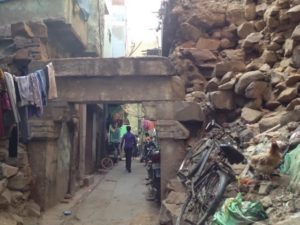
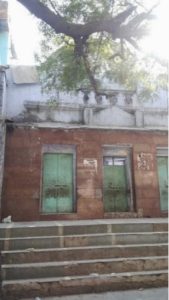
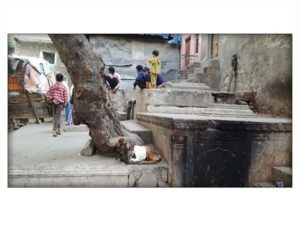
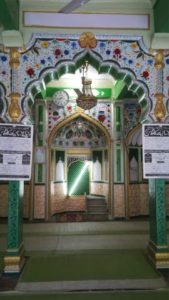
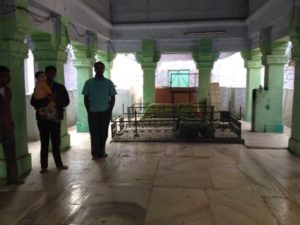
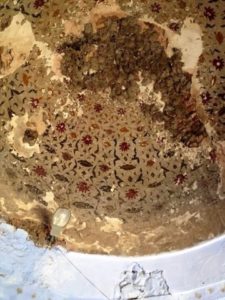
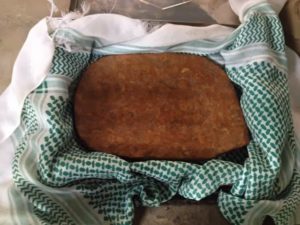
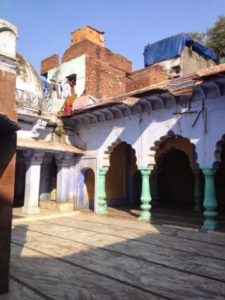
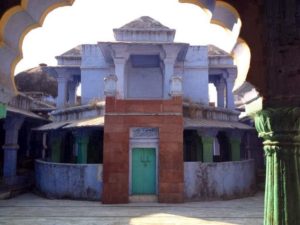
I was bought up there and in our daily school journey we always love the big gates and small lanes inside the qila it was around mid 80s some friends love inside it but I never knew the history was so big two years back I again gone to there but the place is changed very badly and hard to recognise some very happy memories